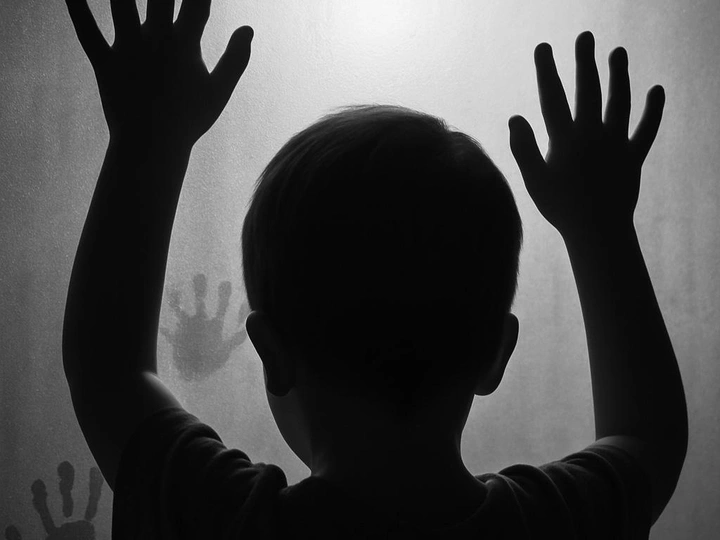The Bloom Project

My name is Nataly Garzón, and I am an interior design student from Colombia, currently residing in Germany. My approach explores the intersection of space, emotional well-being, and social inclusion. I am particularly interested in how design can become a tool for care, especially for children affected by displacement, trauma, or abandonment. My current project, "The Bloom Project", is my university thesis proposal and is a design initiative that explores the creation of adaptive and sensory-friendly environments for vulnerable children. It reflects my values of empathy, justice, and imagination in design.
I consider myself a designer who connects the emotional with the spatial, combining critical inquiry, narrative thinking, and contextual sensitivity. I believe design has the power to transform social realities, and I am committed to using my voice and skills to advocate for more inclusive and human spaces.
The Bloom Project is a conceptual design proposal that explores how interior architecture can support the emotional and social development of vulnerable children through sensory, inclusive, and therapeutic spaces. Initially conceived as an academic project, it responds to the growing need for environments that foster healing, belonging, and integration, particularly in contexts affected by forced migration, social exclusion, or systemic neglect of childhood.
The project is grounded in a rigorous inquiry into spatial design as a tool for emotional resilience, supported by case studies, environmental psychology, and pedagogical frameworks. The core idea is to repurpose underutilized or abandoned structures —such as former clinics or public buildings— into nurturing play and exploration centers that stimulate the senses and encourage self-expression, while promoting a sense of safety and community.
While the pilot concept was developed for Kassel, Germany, its strength lies in its adaptability: the design principles can be applied in various cultural and socio-economic settings, responding to specific local needs and available resources. The use of natural materials, spatial fluidity, warm lighting, and multisensory zones creates environments where children can not only play, but also process emotions and grow.
The most successful aspect of the project is its capacity to integrate architecture, pedagogy, and care into a coherent spatial strategy that speaks to broader ethical and social challenges. In the future, I see The Bloom Project evolving through collaborations with institutions, NGOs, or municipalities interested in applying design for social healing. As a young designer, I believe in architecture as a cultural and ethical practice, and I seek to use design to amplify care, restore dignity, and imagine spaces where the most vulnerable can bloom.